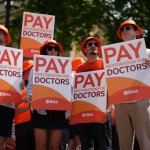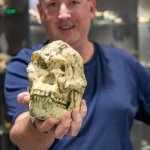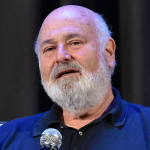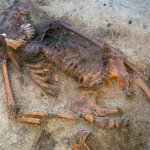The COVID-19 coronavirus is not your average virus. During the pandemic, it has become increasingly clear that averages do not apply in understanding the paths the virus takes or when or where it attacks. What some scientists and specialists in infectious diseases may say in the morning will be ridiculed before sunset. Consequently, we must be scientifically humble in predicting what is likely to happen over the next year or two.
But from the limited data that we have have, it appears that clusters of transmission from one person to a potentially large group are particularly important to maintaining the virus’s spread. In fact, these so-called superspreading events could be so significant that – without highly effective testing and contact tracing – they could cause COVID-19 to become a constant feature of our lives, even if case numbers are brought to manageable lows.
Scientists and politicians have so far relied heavily on the calculated average contagiousness of the virus to track progress in dealing with the pandemic. This is represented by the “R number”, which basically indicates how many people an infected individual will pass the virus on to. If they infect more than one, then the number of cases will grow and we have a problem. If they infect less than one, we are safer because the number of cases will decrease as people recover.
But being an average measure, R tends to obscure the real picture of a virus that typically spreads in clusters rather than from one person to one or two others. Indeed, sometimes an infected person will cause virtually no spread of the virus while another will infect almost everyone in a crowded room. When so many factors are involved outbreaks are not always predictable and this provides the basis for a future with endemic COVID-19 spread.
For example, a preprint (not yet peer reviewed) study has shown that some outbreaks in nursing homes only occurred after several new introductions of infection. This indicates that what can look like a single outbreak actually is a situation with multiple concurrent but independent introductions of COVID-19.
Another preprint study carried out in New Zealand used genetic sequencing to track how individual strains of the virus were being transmitted. It found that only one in five infections entering the country led to additional cases and most cases were linked to a single transmission cluster. Meanwhile, a single person in South Korea is thought to have infected more than 5,000 people in a large church cluster.
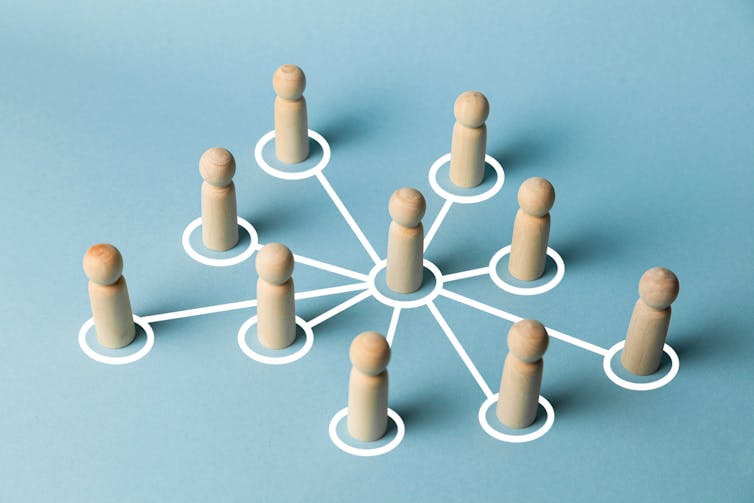
Andrii Zastrozhnov/Shutterstock
Such clusters of transmission appear to take place under certain conditions that enable the virus to disperse rapidly through a crowd. Crowded indoor places that are badly ventilated and where people are physically or vocally active for a relatively long period seem to create a particular risk. This may be because virus can accumulate in the air in rooms without proper ventilation and allow transmission even when social distancing is taking place.
Research from China has confirmed that ventilation is particularly important. Buses that recirculated air were found to be linked with more cases than those not using recirculation. And, in one case of a transmission cluster in a restaurant, those who sat closest to the ventilation outlet all contracted COVID-19 while none of the customers near the ventilation inlet were infected.
However, what’s puzzling is that this doesn’t explain why some potential superspreading events don’t cause an outbreak, and why there are outbreaks that do not have the known characteristics of a superspreading event. This suggests there are other unknown factors. It looks as if some clusters provide valuable information while others don’t.
Our analysis is skewed by the fact that we only have data for relatively well-defined outbreaks where everybody involved were easily identified, such as tourists on cruise ships, choirs, Zumba dance groups or church congregations. But in real life most outbreaks occur without a clear social setting or in groups where some members are difficult to track down. Further genetic surveillance of outbreaks will probably help us develop our understanding.
It’s also harder to obtain the necessary information to track clusters of infections that come from certain social or cultural groups. For example, stigma or fear of the authorities could discourage some people from reporting their illness. Those taking part in secret or illicit parties might underestimate the risk and consequences of their catching the virus.
Bad luck
Some of the worst initial outbreaks in Italy, China, Ecuador and other places may have been due to sheer bad luck: too many of the known factors occurring in the same place at the same time. It’s not a very clever or scientifically satisfying explanation, but that’s probably a feature of COVID-19 that we must live with for now.
But as Italy and Ecuador have shown, COVID-19 has the potential to turn bad luck into a disaster. This means that even if control measures such as social distancing help us to bring R below 1 and reduce ongoing community spread to relatively low levels, superspreading events can can turn comfort into chaos in a few days.
Those countries that have successfully contained epidemic for significant periods of time, such as New Zealand, have done so through very rigorous contact tracing of the person that starts a cluster of transmission combined with strategic testing. But even in these cases, new outbreaks have occurred.
Countries that fail to develop adequate test and trace systems will have to live with low-grade spread and cluster outbreaks for years to come. In this way, the virus will become endemic, adding a further challenge to global efforts to tackle poverty and improve healthcare. It would be a shame if we let COVID-19 do that when we know how to prevent it.
![]()
Morten Sodemann receives funding from University of Southern Denmark and the Council of the Region of Southern Denmark He is affiliated with The Danish Society for migrant health.


